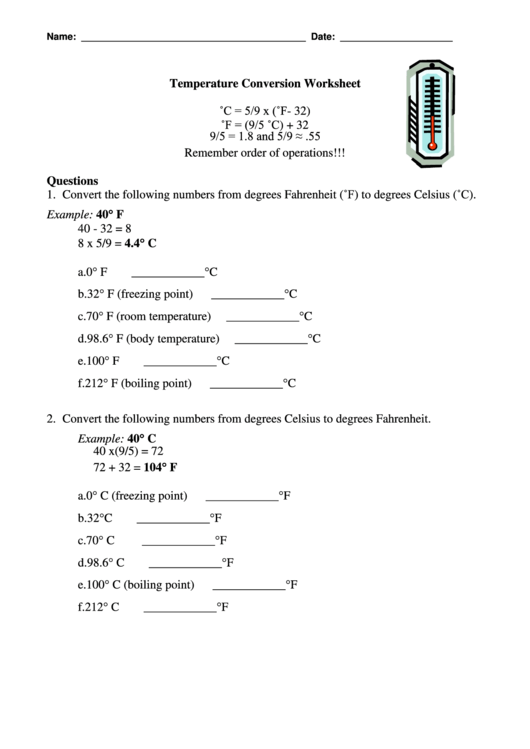

Vedantu is a platform that provides free CBSE Solutions (NCERT) and other study materials for students. M atter in our surroundings class 9 important questions guides students in their preparation to make them efficient. Thus, scoring good marks in the exams becomes easy for them. Solving these questions regularly will help the students to improve their skills on this subject. The best way to overcome this problem is to start practising Class 9 Science chapter 1 important questions. Many students consider science as a difficult and challenging subject as they face difficulty in understanding the concepts and theories of this subject. New Temp=200 K 48.0 L 24.0 L =400 K Convert the Kelvin temperature to Celsius.Chapter 1 of science in class 9 talks about matters of our surroundings.

Convert temperature: −73☌ = Kġ7 Using Charles’ Law Two ratios: Since the temperature must have increased, we must use the second ratio. If the volume doubled TO 48.0 L, its initial volume must have been half of 48.0 L or 24.0 L. Predict: The volume increases, so according to Charles’ Law the temperature must have increased. new Volume=100 mL 248 K 298 K =83.2 mL The new volume is 83.2 mL.ġ6 Using Charles’ Law If the volume of a gas at −73☌ is doubled to 48.0 L, calculate the final temperature in degrees Celsius. Since the volume must get smaller, we must use the second ratio. Convert ☌ to K 25☌ = K −25☌ = K We can use two ratios:ġ5 Using Charles’ Law new Volume=100 mL 248 K 298 K =83.2 mL What is the new volume of a gas if 100 mL of the gas at 25☌ is cooled to −25☌? Predict: Since the temperature is decreasing from 25☌ to −25☌, the volume must also decrease. Multiply by the ratio that will produce the desired change.ġ4 Using Charles’ Law 25☌ + 273.15 = 298.15 K −25☌ + 273.15 = 248.15 K Is the temperature in Celsius? Change to Kelvins. Solving problems: Determine if the change will increase or decrease the temperature or volume. ☌ = K − = 298 − = 24.85☌ġ3 Using Charles’ Law If the Kelvin temperature of a gas is doubled, the volume of the gas would double as well. We say the temperature is “263 Kelvin”, not “degrees”.Įxample 2. K = ☌ = −10.0☌ = K Note: There is no degree sign for temperatures in Kelvin. To convert from Celsius to Kelvin: K = ☌ Example 1. Kelvin Scale where −273.15☌ is the lowest temperature possible or Absolute Zero.ġ0 Absolute Zero Lord Kelvin also reasoned that at absolute zero all molecular motion would cease, the kinetic energy would be zero and the volume of the gas, hypothetically, would also be zero. Charles’ – Amontons’ – Gay-Lussac’s Law?ĩ Temperature Scales William Thomson ( ) (later Lord Kelvin) recognized the significance of the 273. Increasing temperature of 1 L of a gas by 273☌ will increase volume by 1 L. He used the freezing point of water as 0☌ and the boiling point of water as 100☌.Ħ Jacques Charles 1787: For every 1☌ change 1/273 change in volume Freezing point of water 32☏ Boiling point of water 212☏.ĥ Temperature Scales Anders Celsius ( ) invented the centigrade temperature scale. 100☏ = the highest temperature in Western Europe. 0☏ = the coldest temperature Western Europe. No temperature scale 1714 – Fahrenheit scale invented 1742 – Celsius scale inventedĤ Temperature Scales Daniel Fahrenheit ( ) invented the mercury thermometer and the Fahrenheit scale. 1702 – Pressure of a confined gas is directly related to temperature at a constant volume. 1 Review from last class Units of pressure worksheet answers:ġ a) 762 torr 2 a) 718 torr b) kPa b) 718 mmHG c) atm c) atm 3 a) 1748 torr b) 1748 torr c) 233 kPa Any questions in regards to the P-V handout? What did you put down for question 7?Ģ Volume-Temperature Relationship of Gasesĭeveloped a gas thermometer 1699 – Volume & temperature of a confined gas are directly related.


 0 kommentar(er)
0 kommentar(er)
